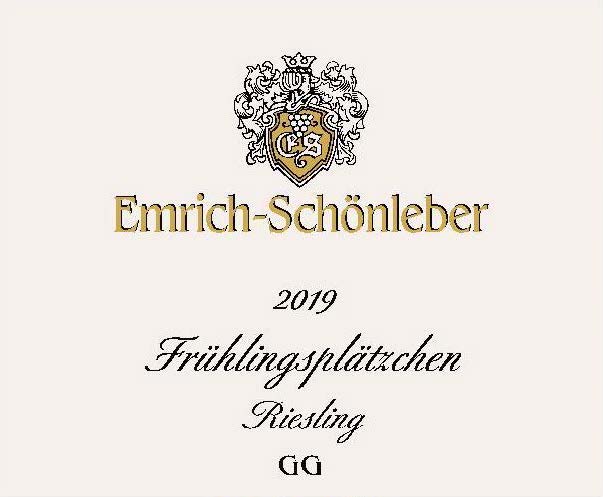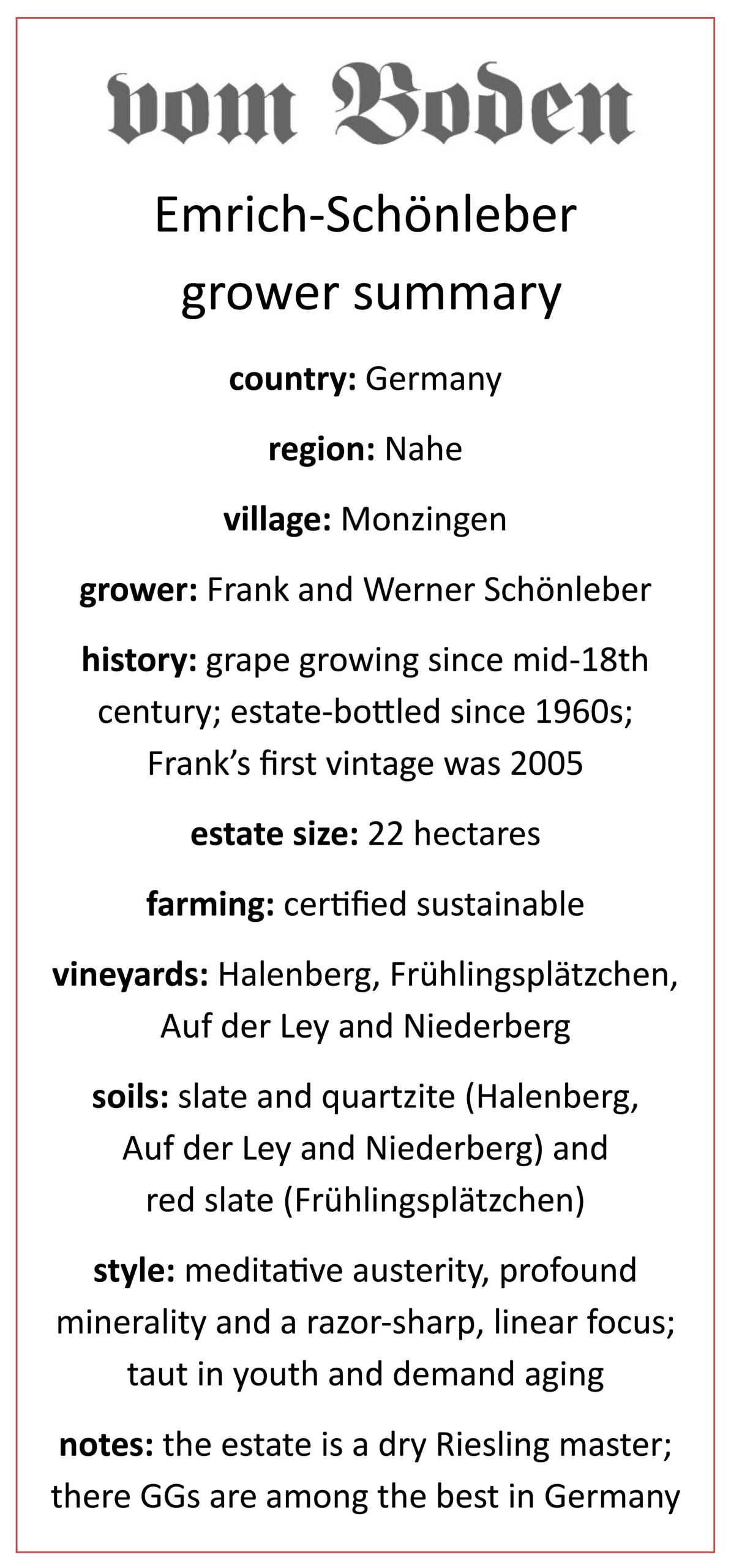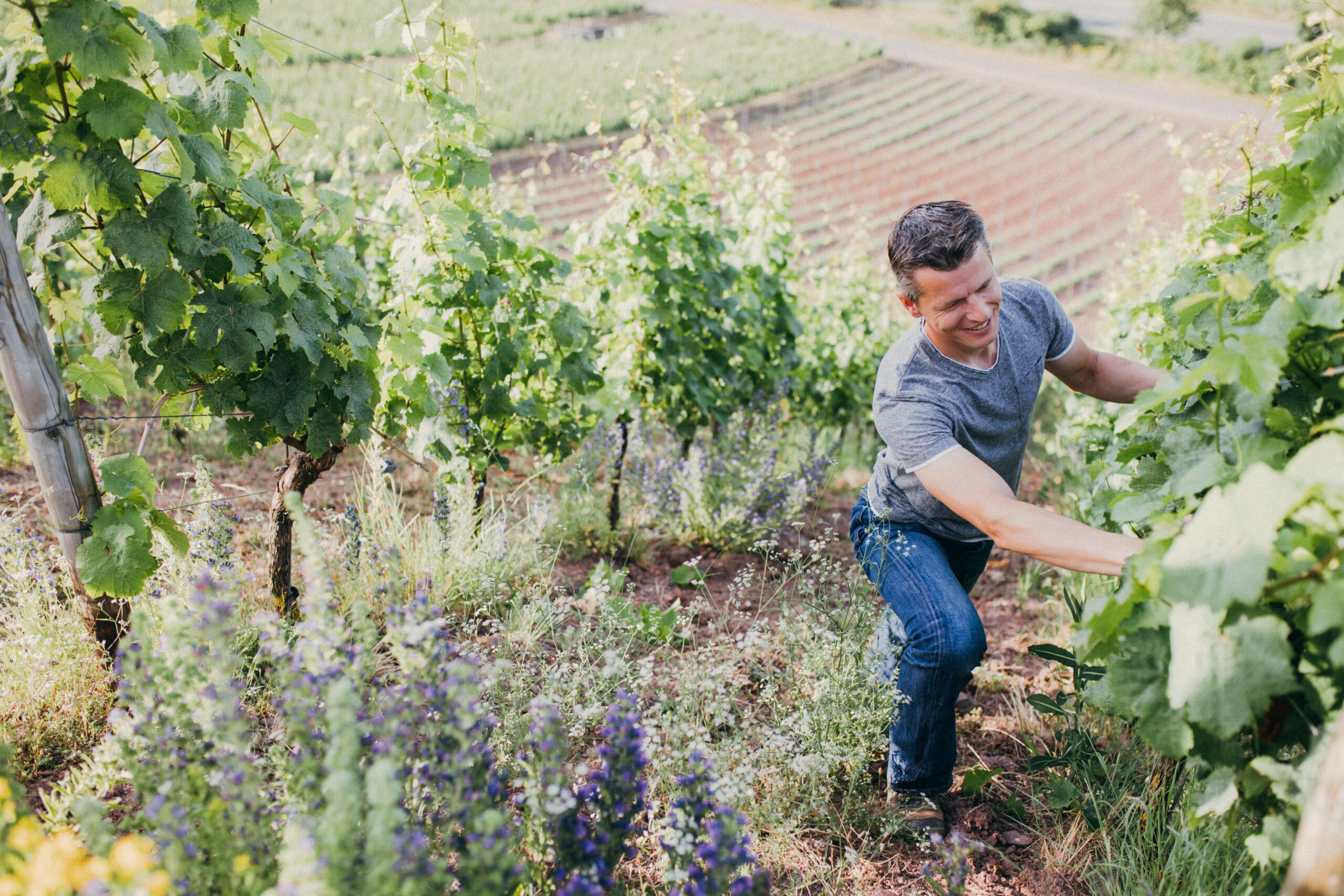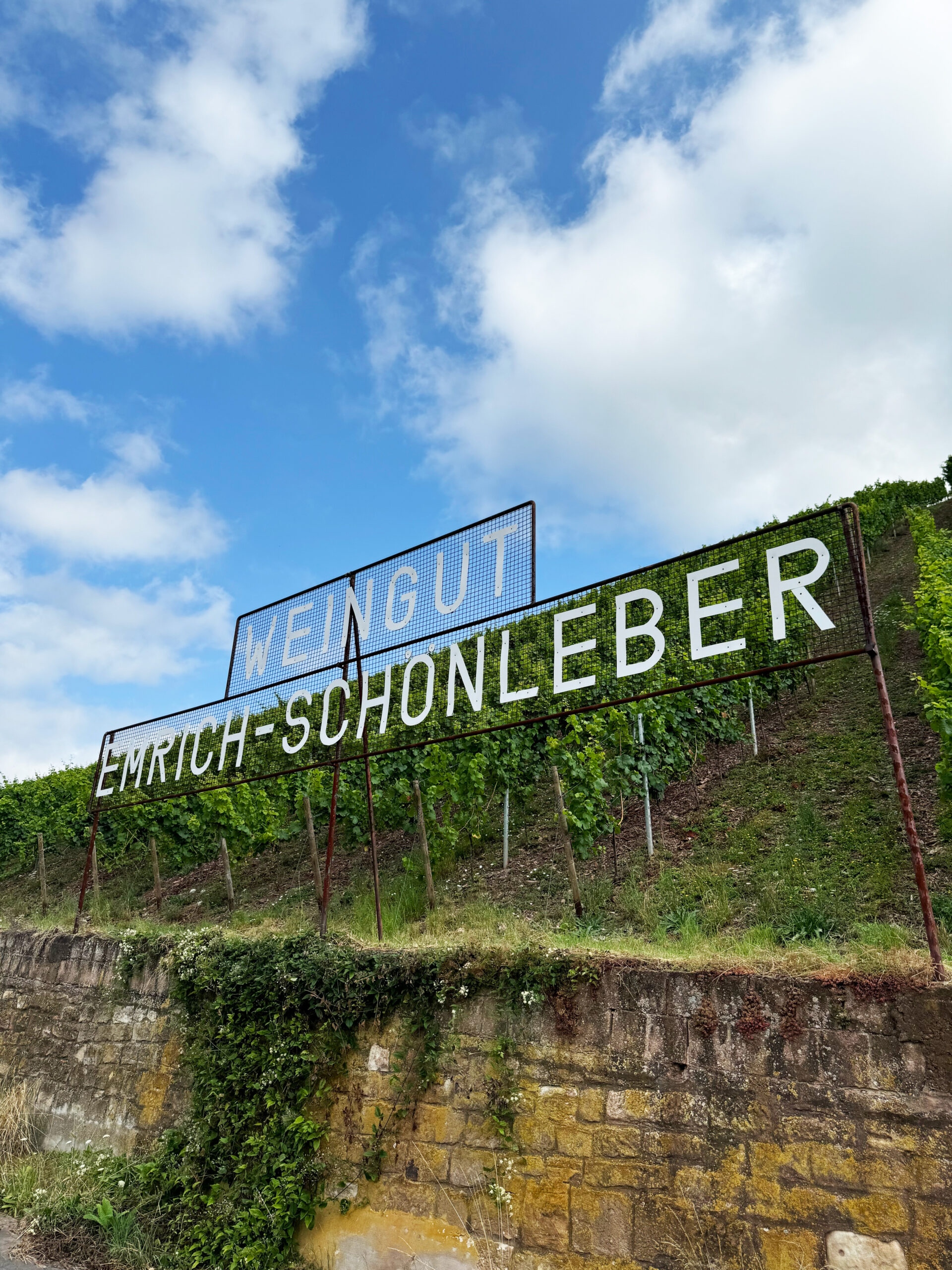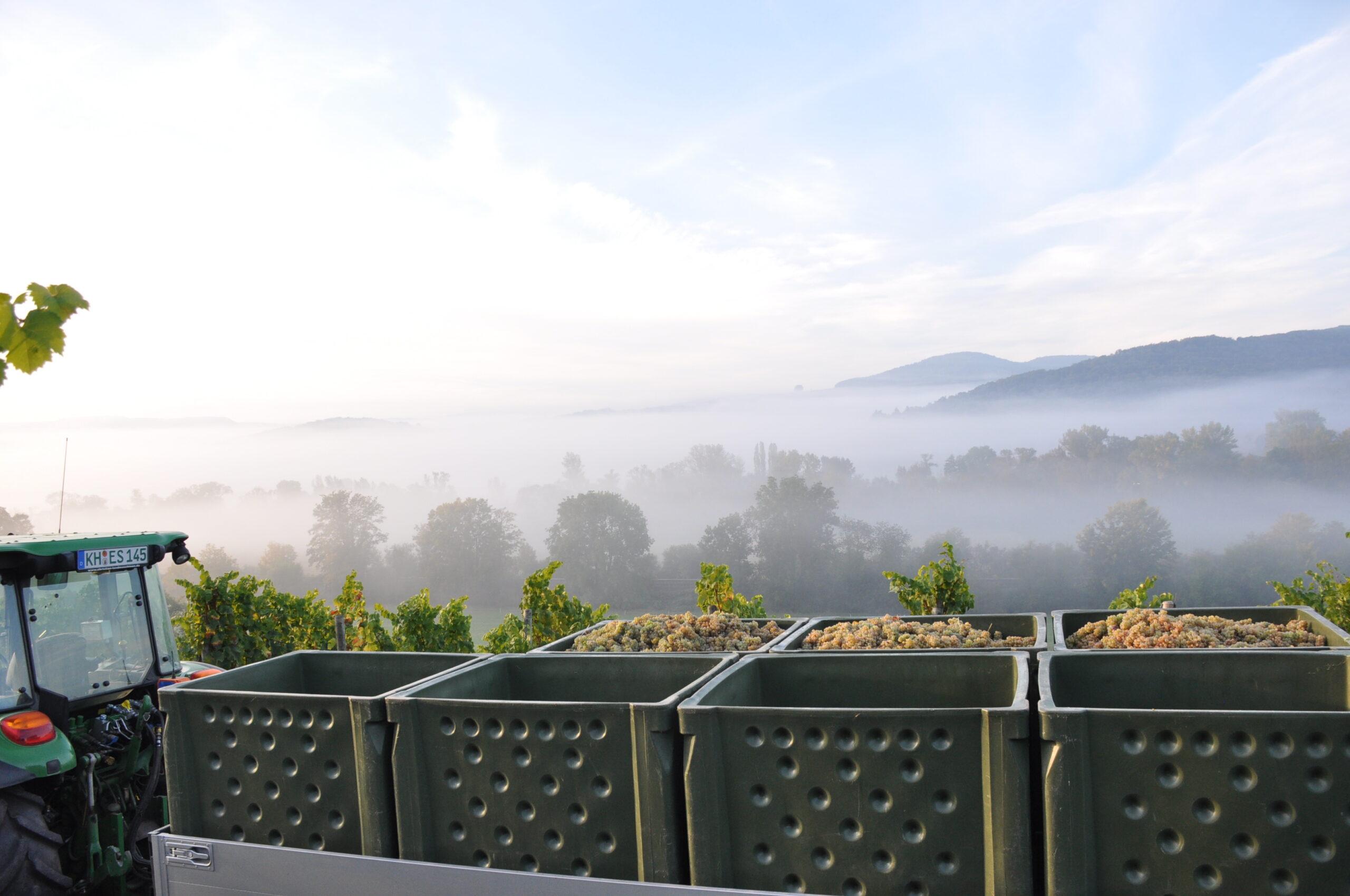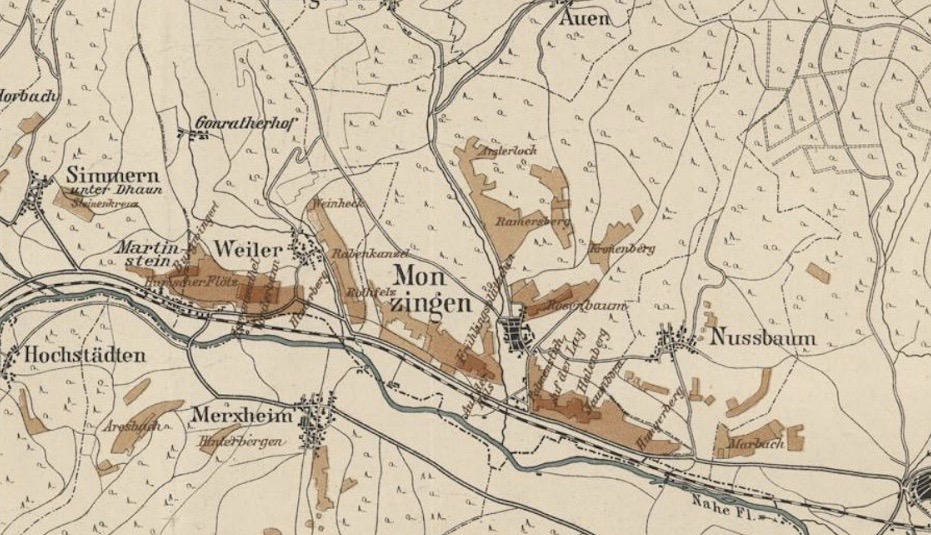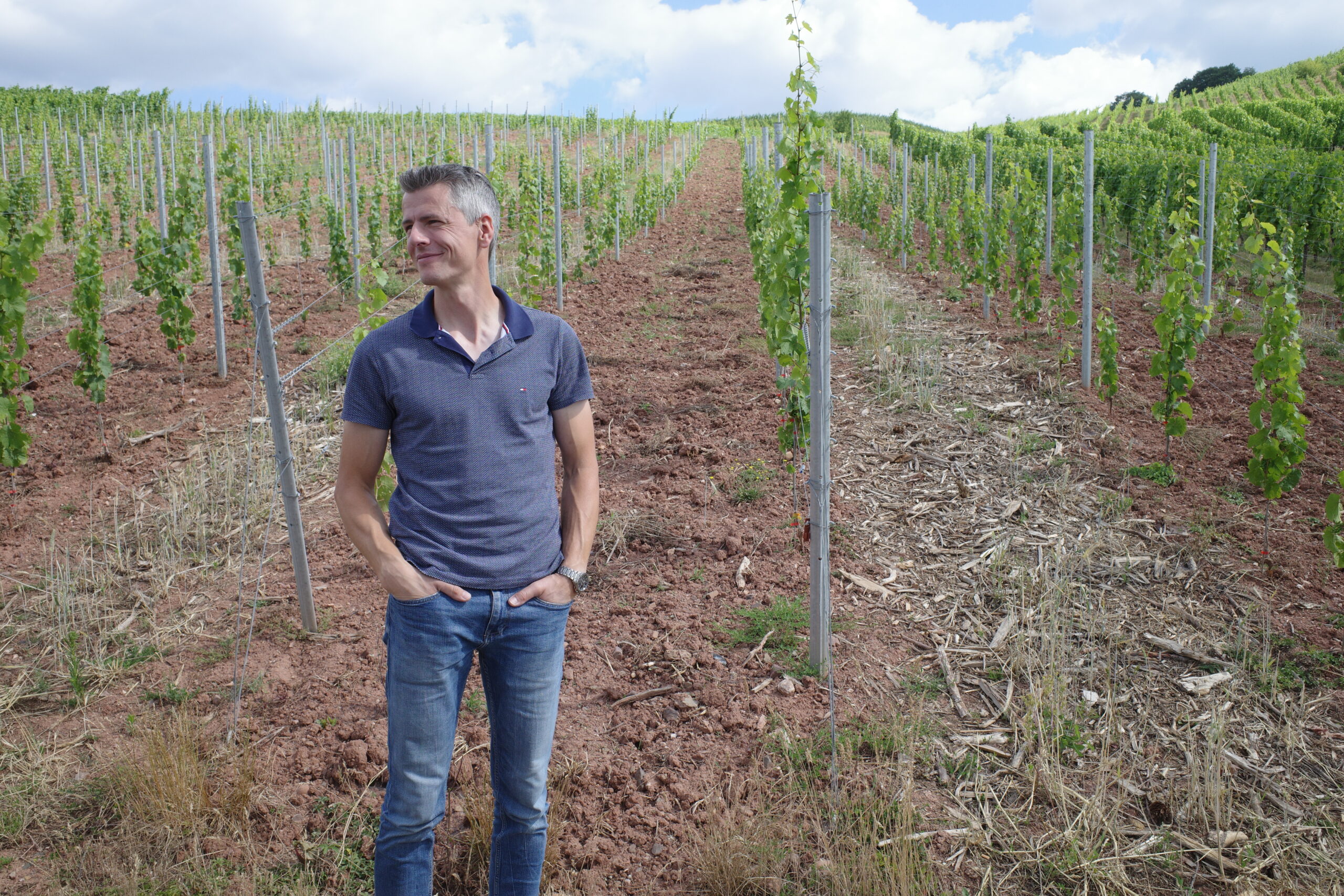Here’s one take on an origin story: If it were not for a bottle of 2004 Emrich-Schönleber Frühlingsplätzchen GG, drank at restaurant Montrachet in early 2006, I may never have started vom Boden seven years later.

It’s a stretch, maybe.
But, if there is one bottle that absolutely cemented my belief that dry Riesling could be as deep, as complex, as elegant, as profound as, say a bottle of Montrachet, this was the one.
Here is something that is not in the least a stretch: For any serious German buyer, whether collector or Riesling dork, the wines of Emrich-Schönleber belong in the cellar directly next to Keller or Schäfer-Fröhlich (or whoever it is that you specifically may think makes the absolutely greatest dry Riesling in Germany).
In terms of style they are different perhaps, but in terms of quality they are equal.
If we consider the holy trilogy of the Nahe (Dönnhoff, Emrich-Schönleber and Schäfer-Fröhlich), Emrich-Schönleber for me rests somewhere in the center. They are neither as baroque and lavish as Dönnhoff, nor as fiercely angular as Schäfer-Fröhlich. There is a balance, a center to the best of their wines that is about as perfect and meditative as Riesling ever gets: texture and glycerin matched to a chiseled, yet glossy and ultra-fine architecture.
In fact, for me, stylistically, you would have to leave the Nahe altogether to find the wines that remind me the most of Emrich-Schönleber: and that would be Keller in the Rheinhessen.
Now, this may seem like a hyperbolic sales pitch but it’s genuinely not meant that way. While I do think that the “other” greatest wines in Germany are going to start trending upward with serious momentum (they’ve already started), the Keller comparison isn’t meant to be a simplistic sales pitch equivalent to “get a $500 bottle for only $100!”
That’s an inane comparison, equally insulting to Keller and Emrich-Schönleber, both of whom are pursuing their own passions, their unique visions. The comparison is more meant to place the two stylistically, in this very rarified center, where both seem to be able to make wines that are saturating and deep, yet that also have lift and a nearly inexplicable energy.
Wines that showcase fruit of clarity and purity, yet balance this with an equally forceful presentation of soil and mineral.
With Emrich-Schönleber however, we are not in the limestone Rheinhessen. The upper part of the Nahe, where the three grand vineyards of Emrich-Schönleber are, is a world of slate, both blue-gray and red. The Halenberg and tiny Auf der Ley is largely the former, with blue-gray slate that shapes a wine of rigor, density and power. This is perhaps the more mineral, more ageworthy of the two Grand Crus. The Frühlingsplätzchen has veins of red slate and always seems more expansive, diffuse, lighter and finessed. It is a wine with a stunning florality and vivid aromatics; it is more expressive in youth.
And while the three Grand Cru GGs are simply among the greatest dry Rieslings made in Germany, period, the focused portfolio of Emrich-Schönleber is worth exploration. (You may be forgiven if you only recognize the Halenberg and Frühlingsplätzschen, the Auf der Ley is only sold at auction – it is as rare and as great as it gets.)
However, in surveying the entire portfolio, the basic estate wine is one of those “calling card” wines of force and impression. Up the ladder the “Mineral” is the obvious revelation: a blend of younger vines from both of the Grand Cru sites, this is Emrich-Schönleber’s version of Keller’s “von der Fels.” As with the “von der Fels,” this represents maybe the greatest value at the estate: 80% of the Grand Cru wine for 50% the price. It is a profound value that drinks well over its price point. The young-vine, vineyard-specific bottlings called “Halgans” (Halenberg) and “Frühtau” (Frühlingsplätzchen) offer a very concise articulation of these amazing vineyards. Finally, the “1er Cru” Niederberg bottling is the only single-vineyard bottling of this site, and one of those wines I think we’ll hear more and more about.
And while the dry wines are the benchmarks, the Prädikat wines are rarer but dazzling. They are somehow both exotic and restrained, juicy fruit that makes your mouth water even as the mineral-water tension and cut of the wines keeps the palate, and the slate, very clean.
While this estate is widely known and widely respected in the U.S., the wines have not been as available as they should have been and the estate has not bee properly contextualized, yet.
We hope this is changing.
